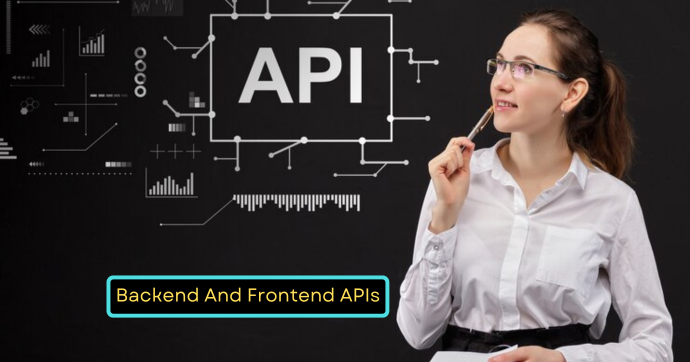In today’s digital world, web applications are everywhere—from social media platforms to online shopping sites and learning management systems. But have you ever wondered how your browser talks to a server or how clicking a button can send or retrieve information? The answer lies in APIs—the unsung heroes of modern web development.
In this article, we’ll break down what an API is, why it’s important, and how it connects the frontend and backend of a web application. Whether you’re just getting started in web development or brushing up your skills, this guide will give you a solid foundation.
What is an API?
API stands for Application Programming Interface. Think of it as a waiter in a restaurant. You (the frontend) make a request (place an order), the kitchen (backend) processes it, and the waiter (API) delivers the result back to you.
In web development, APIs allow different parts of a system—or entirely different systems—to talk to each other. When you fetch user data, post a form, or load external content, you’re likely using an API.
Frontend vs Backend: The Communication Challenge
The frontend is what users see and interact with—built using HTML, CSS, and JavaScript. The backend, often written in languages like Python, Node.js, Ruby, or PHP, handles data, authentication, server logic, and database operations.
APIs serve as the middleman, translating frontend actions into backend operations and vice versa. For example:
- A user submits a login form → frontend sends data to API → backend checks credentials → API returns a response.
Types of APIs in Web Development
There are several kinds of APIs, but the two most common in web development are:
1. REST APIs
REST (Representational State Transfer) is the most widely used API style.
- Data is accessed via standard HTTP methods (GET, POST, PUT, DELETE).
- Responses are usually in JSON format.
- Example:
- GET /users → fetch all users
- POST /login → send login credentials
2. GraphQL APIs
GraphQL is a newer approach that allows clients to request exactly the data they need—nothing more, nothing less.
- More efficient and flexible than REST in some cases.
- Useful for complex applications with nested data.
Calling an API from the Frontend
Let’s say you want to display a list of users on your website. Here’s a basic example using JavaScript and the fetch() API:
javascript
CopyEdit
fetch(‘https://api.example.com/users’)
.then(response => response.json())
.then(data => {
console.log(data); // Use the data to update your UI
})
.catch(error => console.error(‘Error:’, error));
Explanation:
- fetch() sends a request to the API.
- The response is converted to JSON.
- You can then use that data to dynamically update your webpage.
Building a Simple API (Example in Node.js)
Let’s create a tiny backend using Express (a Node.js framework):
javascript
CopyEdit
const express = require(‘express’);
const app = express();
app.get(‘/api/users’, (req, res) => {
res.json([
{ id: 1, name: ‘Alice’ },
{ id: 2, name: ‘Bob’ }
]);
});
app.listen(3000, () => {
console.log(‘API server running on http://localhost:3000’);
});
Now when your frontend sends a GET request to /api/users, it will receive a JSON array of user data.
Tools for Testing APIs
Before integrating an API into your application, it’s a good idea to test it. Here are a few tools developers use:
- Postman – A powerful GUI for sending requests and analyzing responses.
- cURL – A command-line tool for making API calls.
- Swagger – Auto-generated documentation and interactive API testing for RESTful APIs.
Real-World API Use Cases
- Social media: Facebook and Twitter APIs allow sharing content or logging in via social accounts.
- Payments: Stripe and PayPal APIs process transactions securely.
- Weather apps: Use open APIs to fetch current weather data.
- E-learning platforms: APIs fetch courses, quizzes, or progress tracking data.
Conclusion: Why APIs Matter
APIs are the glue that holds the web together. They let frontend and backend developers work independently while still building cohesive, powerful applications. By learning how APIs work and how to use them, you unlock the ability to create dynamic, interactive, and user-driven websites and apps.
Whether you’re building a small blog or the next big SaaS platform, understanding APIs is non-negotiable. It’s your bridge to building full-stack experiences.

